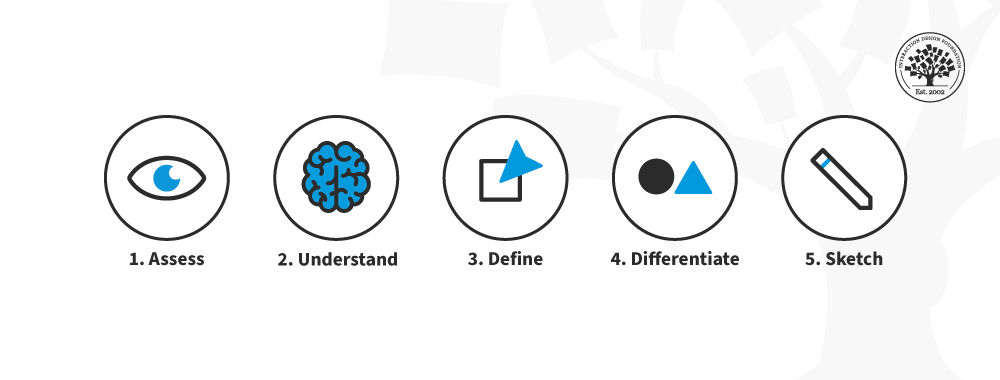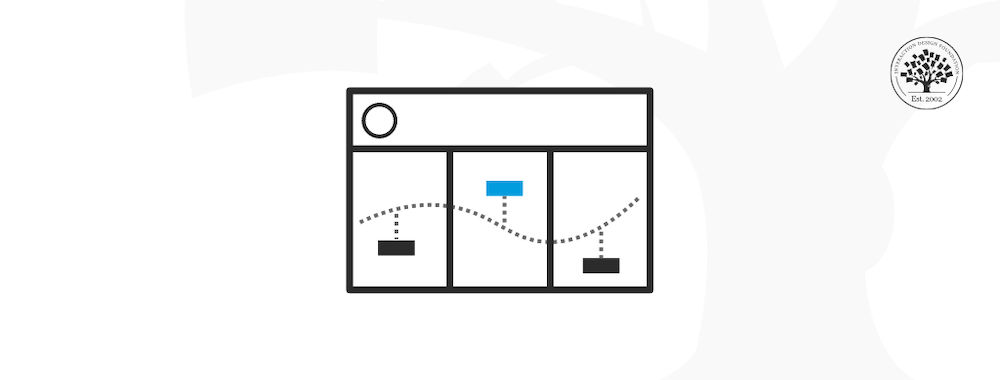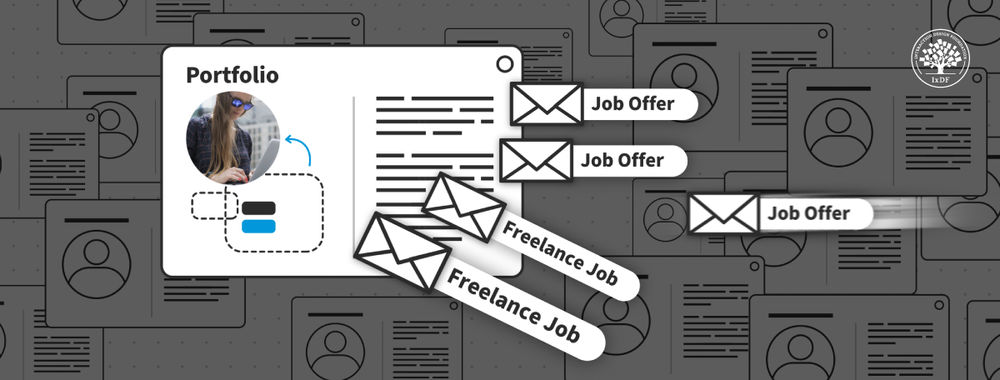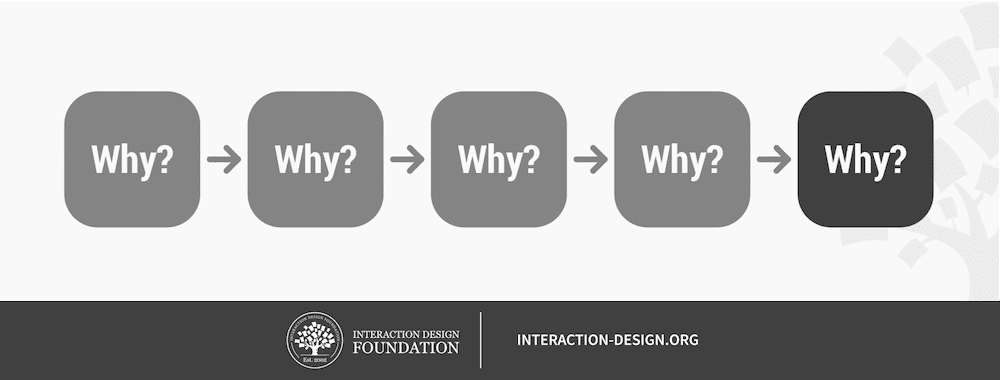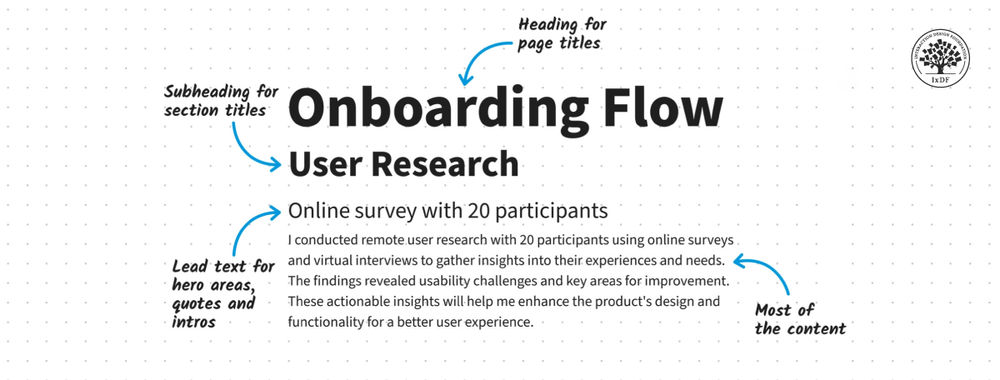Welcome back to our brief series on ethnographic research; if you’ve missed any parts of this series – they can be found under the UX Daily tab on our website. Today, we’ll be looking at two more techniques that can help you get better data from your investment in this kind of research:
Work Through Your Use Cases
It sounds silly but you might want to get your group to start working through what they do in order to get the result that they intend. For example; you might have a store locator on your handy little retail application. But do your customers (or intended customers) use it in the way that they are supposed to?
In many cases, the store locator will require that someone logs into the application. That’s a step that requires time and energy. Time and energy that might be better employed firing up Google and just asking their map data where their nearest store is.

Ideally, you want to ask a question like; “Can you show me how you would find our nearest branch?” and then observe what people actually do. It’s important not to prejudice this question by adding “with our branch locator” because then you’re already supposing an outcome.
You want to use time and money spent on ethnographic research to observe what people really do rather than getting them to adhere to what you want them to do. If you do discover that people are heading to Google for their data; you have some choices to make: a.) You could drop the functionality and let Google handle the task or b.) You could make it easier to access so that people choose your locator over Google.
Keep Your Stakeholders Informed
You want to keep your stakeholders, or at least some of them, involved in the research. They should be given the opportunity to observe interviews/observations/tests/etc. at least in part because the stakeholder knows your products and capabilities well and they may be able to spot the “lightbulb” moment that triggers off a beautiful idea more easily than the ethnographic researcher.
Stakeholders should also have the facility to review the raw data from your ethnographic research for similar reasons.

Whichever approach is used; the stakeholder should be interviewed following either direct observation or reviewing the research. You want to strike while the iron’s hot and get their input while the material is still fresh in their minds. Exploring their feelings and understanding of what they have observed will deliver the keenest insights when the stakeholders has a clear memory of what they have witnessed.
Ethnographic research’s biggest benefit is uncovering the unknown and that means you need to bring the whole team’s expertise to bear on the research in order to derive the maximum benefits from it.
Header Image: Author/Copyright holder: Koppa. Copyright terms and licence: All rights reserved. Img
Image Source:
Hannah Arendt Center (link to image)
EC Europa (link to image)
IMTFA (link to image)

